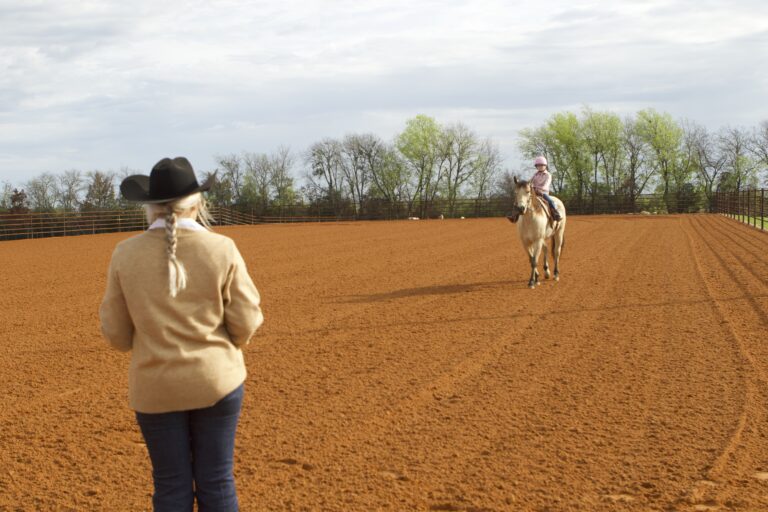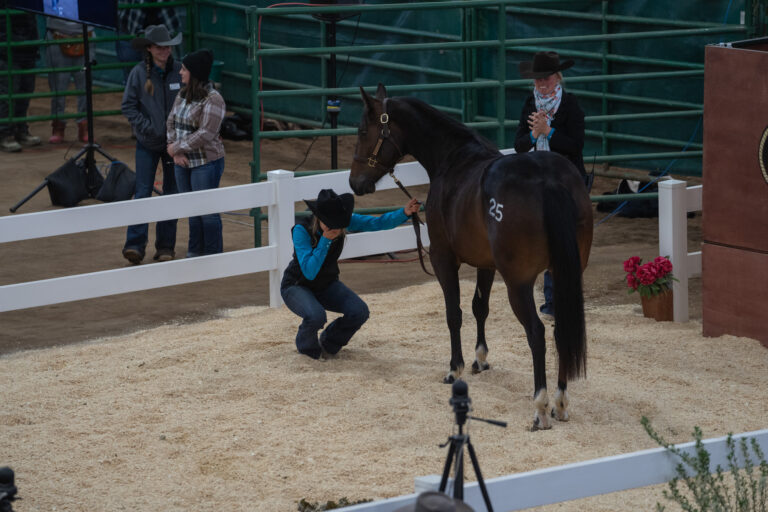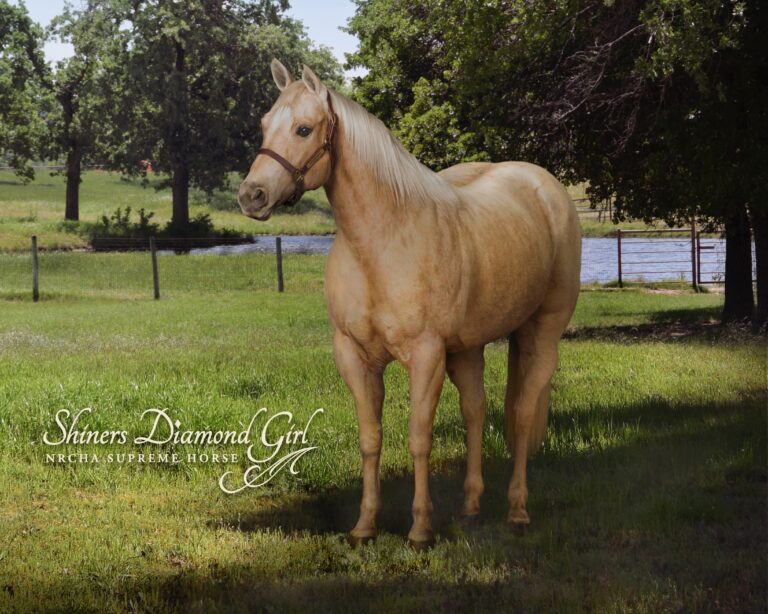Make sure your barn’s electrical system is in good condition to avoid injuries or fires.
Regular inspection of your horse’s water buckets, troughs, and automatic waterers is an important barn management task. But so is examination of your barn’s electrical system. These horse owners learned the importance of electrical safety the hard way. Thankfully, no horses were seriously injured, but from these experiences we can learn ways to keep our barn environments safer.
Jumping and Jittering
Sharon Wellmann is an APHA and AQHA Professional Horseman with a training barn in Conroe, Texas. Eight years ago, she noticed that her horses were behaving strangely when her assistant was walking them out of the facility’s main barn into the arena.
“The horses were jumping out of the door,” Wellmann says. “They would get to the door, then leap into the air.”
Wellmann had been out of town, so she figured they were just acting up. But then, a horse not wearing metal shoes walked out of the barn and had no reaction.
“We brought another horse out after that with shoes on their feet, and they refused to walk out that door,” Wellmann says. “Horses with shoes on would hit the ground, get all four feet out, and leap away from you. We knew something was wrong.”
By chance, Wellmann’s horseshoer was there, so she talked to him about the issue. He had an idea.
Finding the Problem
“We got a voltage meter, inserted it into the ground, and it was registering electrical current,” Wellmann says. “Apparently we had a short in a wire, and it was shocking the horses when they were walking over top of it.”
The immediate problem was getting the horses out of the barn that day. So Wellmann pulled out rubber stall mats and completely covered the path from the barn to the arena, and that prevented the horses from being shocked.
The barn had been built in 1979, and Wellmann worked there before she and her husband, Charles, purchased it 30 years ago. They had replaced or upgraded nearly everything during that time.
“As the years have progressed, we replaced everything correctly with safety in mind,” Wellmann says.
Further investigation showed that a nick to the wire somewhere along the line had caused a short. The Wellmanns called an electrician service, which redid all the barn’s wiring, and put everything in conduit, protected, and underground.
“We replaced everything from the meter pole all the way to the barn,” Wellmann says. “We have two barns, and the other barn didn’t have a problem, but we dug everything up and made the changes with prevention in mind.”
Thankfully, the electric current wasn’t too strong to where it affected the horses’ health—Wellmann says it was similar to a cattle prod.

Something in the Water
Dr. Sue Hunter is a small-animal veterinarian in Las Vegas, Nevada. Five years ago, she noticed some horses at the barn where she boarded her own horses were acting strangely.
“One horse was doing something with her face—they scoped her and spent a ton of money on tests trying to figure it out,” Dr. Hunter says. “Another horse kept ripping the automatic waterer out of his stall.”
When she observed her own horse behaving oddly, she became even more concerned.
“One day, I put my horse back in his stall, and he walked over to the water, went to take a drink, and jumped back,” Dr. Hunter says. “I talked to the woman who owns the barn, and said, ‘It sounds crazy, but he acted like he got shocked by the water.’ We watched him, and he did go drink the water but was very hesitant to do it.”
After she saw her horse react this way more than once, she asked Dr. Wyatt Winchell, who is an equine surgeon, to look into the situation. He confirmed that the behavior sounded like something wasn’t right. Wyatt came out to the barn with a voltage meter and measured the electricity in the water in all the waterers in the barn.
“I put the voltmeter in an [automatic] water trough, and there was a low-level current going through,” Dr. Winchell says. “It wasn’t perceptible, but it was enough to get a reading on the voltmeter.”
The Culprit
He walked out to the barn’s pump house, and there was a junction box that ran the pump.
“You could actually see electricity arcing from the junction box, which was sitting against the water collection tank that fed the barn,” Dr. Winchell says. “The current was getting transported from the water collection tank through the water into the barn, into those automatic waterers, and creating enough voltage, not enough to hurt the horses, but enough that the horses didn’t want to drink out of those waterers.”
The next day an electrician came out and repaired the arcing current, and the horses went back to drinking their water as normal. What surprised Dr. Winchell most was the electrified water had passed through PVC pipes to the waterers.
“The property used well water, and I think there’s enough mineral content in the water that it carried a low-level current right into the automatic waterers,” Dr. Winchell said.
Both Dr. Hunter and Dr. Winchell are glad the problem was discovered before it seriously harmed the horses.
“The biggest risks are always dehydration. Horses were very reluctant to drink out of those buckets, which can be a problem depending on the time of year, or if someone wasn’t watching closely,” Dr. Winchell said. “In the most severe cases, you can have electrical shock and death.”

Barn Safety Tips:
Don’t take shortcuts.
Take the time and money to install and maintain electrical components the right way, rather than going for time- or cost-saving methods, Wellmann says.
“If you do it correctly, with prevention the first time, you hopefully won’t have to fix anything the second time,” Wellmann says. “Take the time to run wiring through conduit. Make sure your breaker boxes are capable of handling the amount of electricity you use.”
Check for grounding.
Dr. Winchell recommends making sure all your underground wires are protected. And that your watering systems are grounded—and checking on them on a regular basis. He also says in the winter, electric waterers or buckets with heaters in the bottom can create a small electric shock, so check those frequently.
Plan for barn tasks.
The Wellmanns now have dedicated plugs for fans and lights. They’ve installed plugs above the stalls where the conduit and wires are, among other locations. And they planned the plugs and lights to make sense for their barn routines.
“We have a four-plug box with four plugs,” Wellmann says. “One side has two plugs for the lights, the other side has two plugs for fans. And then we have switches for each side. This is so we can turn the fans on without the lights, and vice versa.”
Be cautious of clamp lamps.
Think twice before adding heat lamps or lights attached with a clamp, Wellmann says.
“I’ve done clamp lights, way up high. But, if you have a horse that pulls on the lamp shield or cord and pulls it down while it’s still on—that is so dangerous,” Wellmann says. “The bulb can break, the cord wiring can short out—I don’t recommend it.”
Instead, consider installing rod LED lights. They use less electricity, but easily illuminate your barn.
“They’re super bright, but it’s not a bulb—it’s completely covered, so you don’t get cobwebs inside,” Wellmann says. “And they give out plenty of light to keep your horse’s coat short in the wintertime, or to keep your horse cycling.”
Still, she recommends not using heat lamps, even when it’s cold.
“In the super bad freeze a year ago, one of the other judges and trainers I know, had heat lamps on her horses in the barn, and the barn caught fire because of them,” Wellmann says. “They lost the horses. it’s not worth taking that chance. Put another blanket on your horses instead.”
Reconsider box fans.
Overhead fans are the best option, but not feasible for many barns or boarders. But Wellmann has switched from box fans to heavy-duty, 3-speed, circular fans with enclosed motors.
“That helps keep the dust, dirt, and cobwebs out,” Wellmann says.
Clear the cobwebs.
Dust and spiderwebs can become flammable around electrical elements. That’s why Wellmann recommends clearing them away using an air compressor with a wand and nozzle attachment—or a broom—or both.
“Before we plug in our fans for the year, we go through with a broom or a brush. We clean all the sockets, and everything around the electrical boxes,” Wellmann says. “We try to keep it clean so we don’t have a fire hazard. And if you have a fly spray system in your barn, it helps take care of spiders also, so you don’t have spiderwebs as an issue.”
An air compressor easily blasts away dust and cobwebs around plugs out of reach, and fan blades, Wellmann says.
Include surge protectors.
Wellmann’s husband added surge protectors to safely handle potential surges in electricity.
“That way, if the plugs get overwhelmed—if we have a fan and the horseshoe grinder and another appliance going at the same time, it’ll pop and go off at the plug, instead of continuing to run hot, or pop the major breaker,” Wellmann say.
Add motion sensor lights.
Wellmann says the electrical company that rewired her barn was able to install LED motion sensor security lights in strategic locations on her property.
“They don’t add much to your electric bill. And they’re nice to be able to see if a horse got out, or if something is going on around the barn,” Wellmann says.






